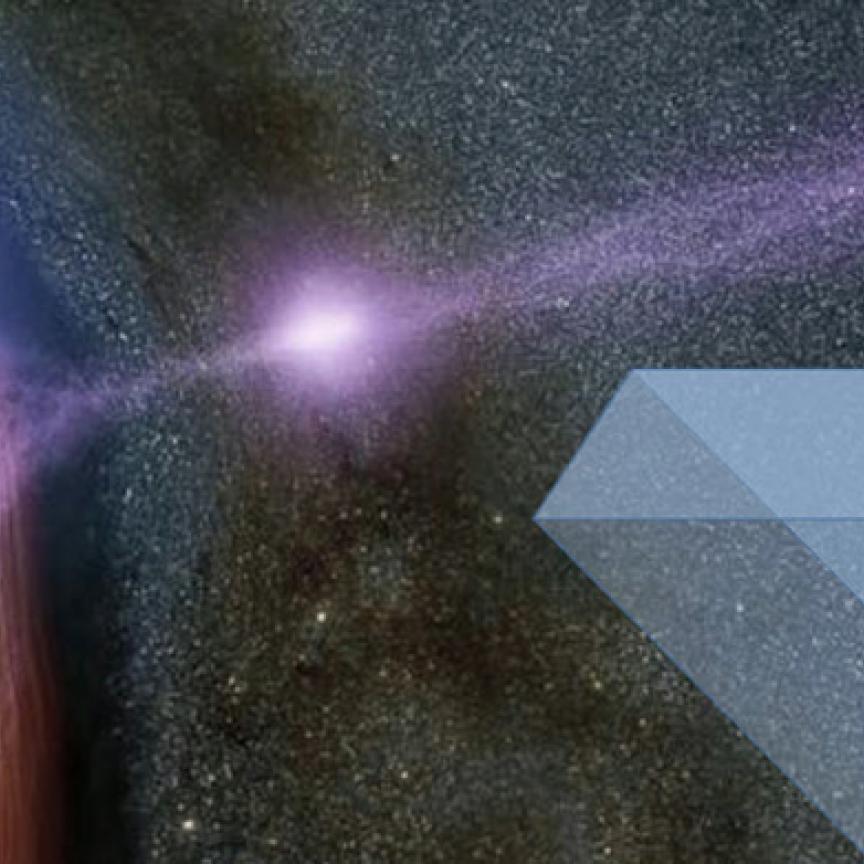The laser ranging interferometer (LRI), a novel instrument onboard the GRACE Follow-On (FO) satellite mission, had its 'first light' on 14th June 2018. An international team of researchers from the German Max Planck Institute for Gravitational Physics (Albert Einstein Institute, AEI) in Hannover, the Leibniz Universität Hannover, and the NASA Jet Propulsion Laboratory switched on their instrument and achieved success on first try.
Since then, the LRI has been taking scientific measurements in parallel to the main microwave ranging instrument. Initial results agree well, and the research team is optimistic that the LRI’s improved precision will assist in tracking indicators of climate change by observing Earth’s gravity field and its variations.
A successor to the original GRACE mission, which orbited Earth from 2002-2017, the (GRACE-FO) mission will continue the work of tracking Earth's water movement to monitor changes in underground water storage, the amount of water in large lakes and rivers, soil moisture, ice sheets and glaciers, and sea level caused by the addition of water to the ocean. These discoveries provide a unique view of Earth's climate and have far-reaching benefits to society and the world's population.
The LRI, which is being flown as a technology demonstration, has made its first measurements in parallel with GRACE-FO's main microwave ranging instrument, and initial comparisons of the data from the two types of instruments show that they agree as expected.
'The LRI is a breakthrough for precision distance measurements in space,' said LRI Instrument Manager Kirk McKenzie of NASA’s Jet Propulsion Laboratory in Pasadena, California, which manages NASA's contribution to the instrument. 'It’s the first inter-spacecraft laser interferometer and the culmination of about a decade of NASA- and German-funded research and development.'
In the data that were downlinked the next day, it was clear that each spacecraft had seen several flashes of light during the spiral scans, indicating both LRI instruments received light from the opposite spacecraft and were working as expected. The settings needed to establish a continuous laser link were calculated and uploaded to the satellites, and the LRI delivered its first intersatellite range data at a later downlink that day.
'The plan for establishing the laser link worked exactly as designed. In fact, the laser link locked in on the first attempt,' said Christopher Woodruff, the LRI mission operations lead at JPL.
In the coming weeks and months, the GRACE-FO research team will work on fine-tuning the operation of this novel instrument and completing their understanding of the data it delivers.
GRACE-FO is a partnership between NASA and German Research Centre for Geosciences in Potsdam, Germany.

